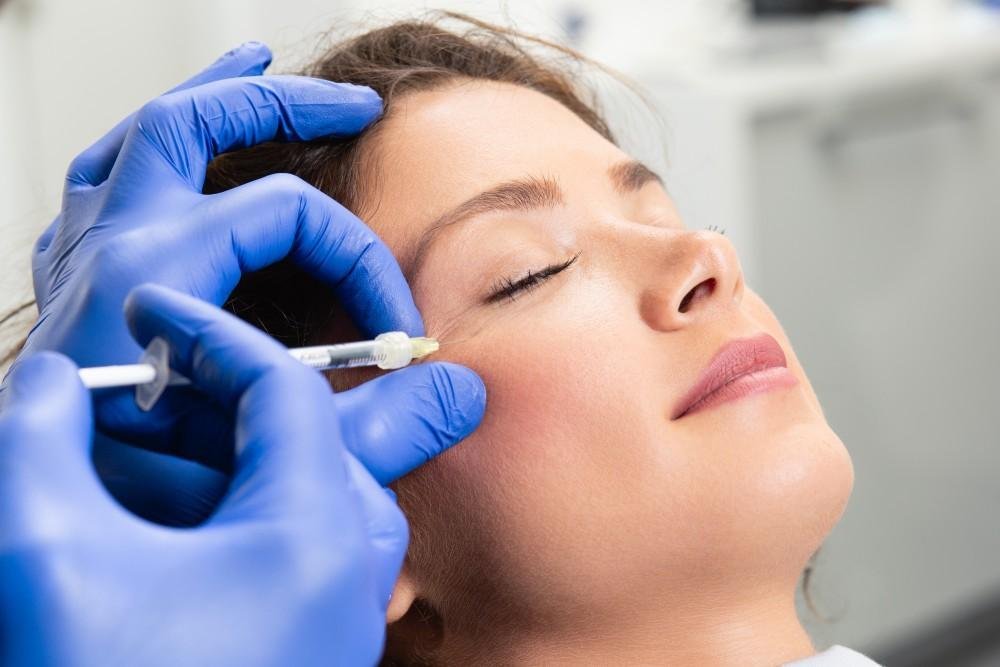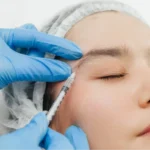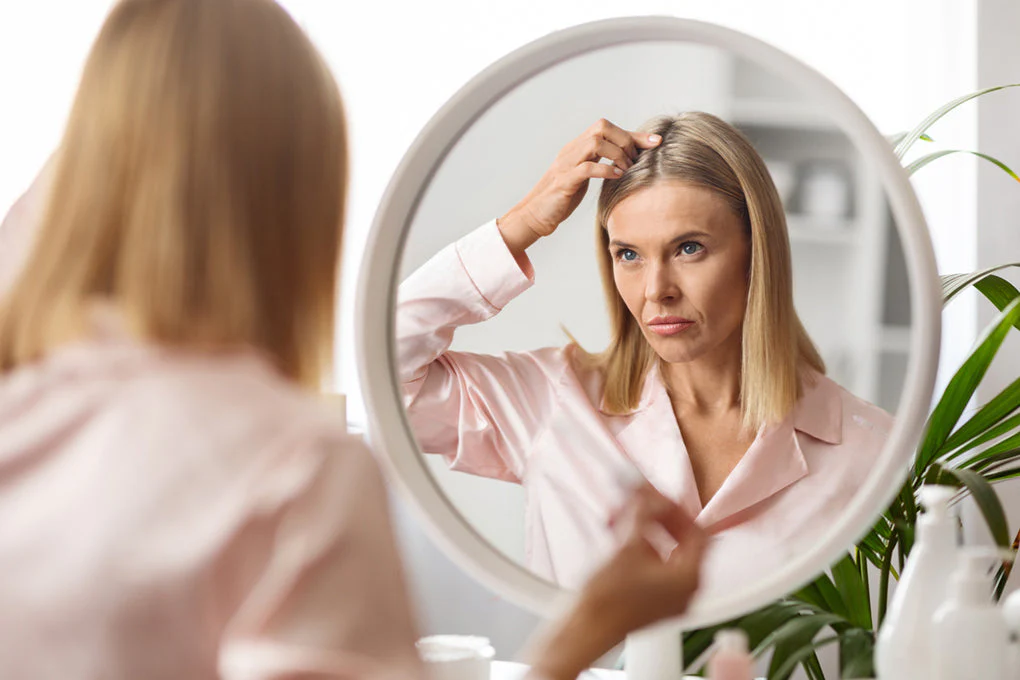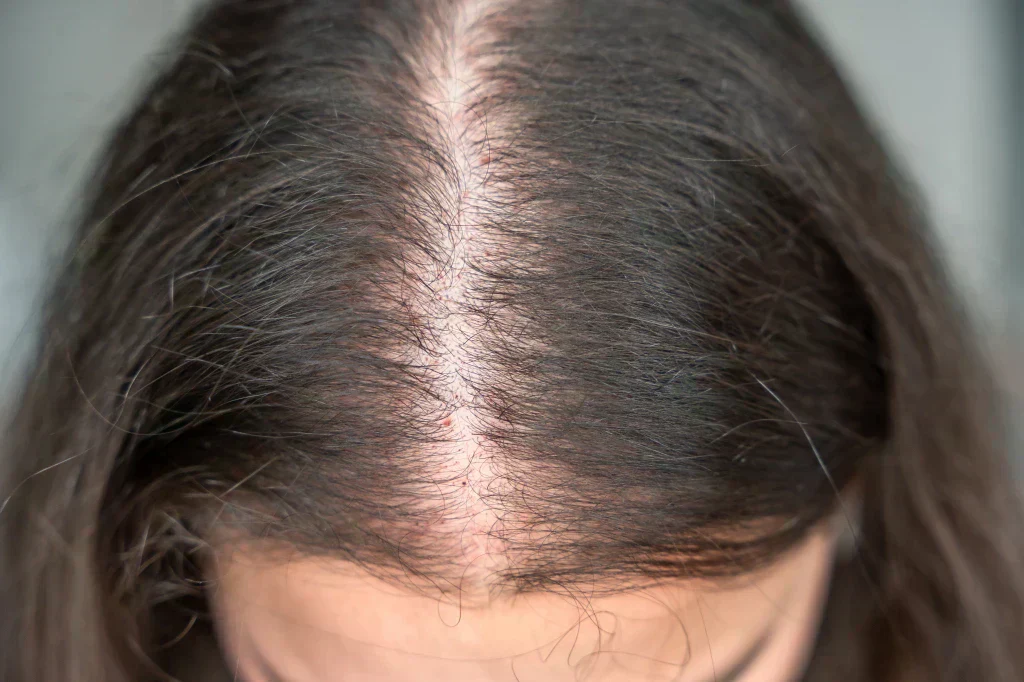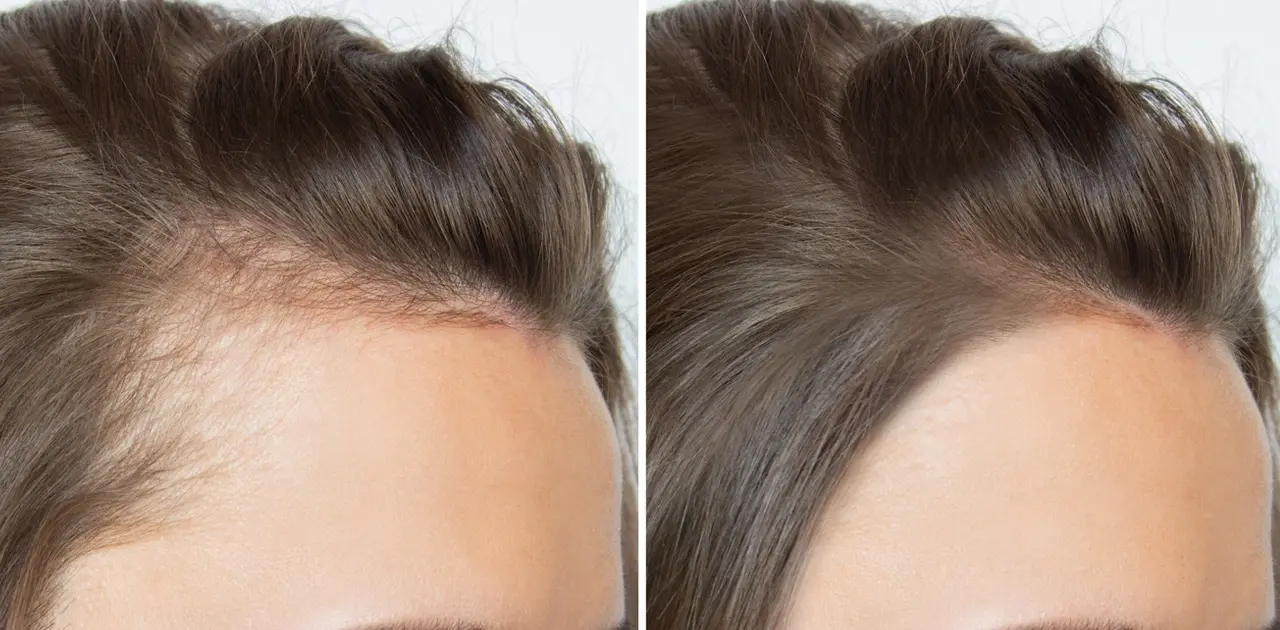Botox has become a household name in the world of cosmetic treatments. Often associated with wrinkle reduction and aesthetic enhancement, Botox is praised for its efficacy and relatively non-invasive nature. However, beyond its aesthetic allure, Botox also boasts a suite of medical benefits, making it a diverse tool in the hands of healthcare professionals. If you’re curious about Botox treatments, this comprehensive guide will provide you with essential insights, from its basics and benefits to the treatment process and expected results.
What is Botox?
Botox, or Botulinum Toxin Type A, is a neurotoxic protein produced by the bacterium Clostridium botulinum. When purified and used in minute, controlled doses, Botox temporarily paralyzes muscle activity, which can reduce the appearance of wrinkles or help treat medical conditions involving muscular dysfunction.
The Science Behind Botox
Botox works by blocking the release of acetylcholine, a neurotransmitter that signals muscle contractions. By disrupting these signals, Botox prevents targeted muscles from contracting, thus softening wrinkles or alleviating spasms. The effects are temporary, typically lasting from three to six months, depending on the treatment area and individual responsiveness.
Aesthetic Benefits of Botox
Botox’s rise to fame is largely due to its formidable reputation as an anti-ageing treatment. Here are some of the aesthetic benefits Botox offers:
Wrinkle Reduction
One of the primary reasons people opt for Botox is to smooth out wrinkles and fine lines. Commonly treated areas include:
Forehead Lines: Horizontal lines across the forehead that deepen with age.
Crow’s Feet: Fine lines at the outer corners of the eyes.
Frown Lines: Vertical lines between the eyebrows, also known as “11s.”
Facial Contouring
In addition to mitigating wrinkles, Botox can be used for facial contouring. For instance:
Jawline Slimming: By targeting the masseter muscles, Botox can create a more slender, V-shaped jawline.
Lip Enhancement: A technique called the “Botox Lip Flip” involves injecting Botox into the upper lip to give it a slightly fuller appearance without the need for fillers.
Non-Surgical Brow Lift
A Botox brow lift is a minimally invasive procedure that can elevate drooping eyebrows and provide a more youthful, refreshed appearance.
Sweating Reduction
Excessive sweating, or hyperhidrosis, can be effectively treated with Botox. When injected into sweat glands, Botox inhibits the nerves responsible for sweat production, providing relief for individuals troubled by this condition.
Medical Benefits of Botox
While Botox is popularly known for its cosmetic applications, its medical benefits are equally noteworthy. Here are several medical conditions that Botox can help manage:
Chronic Migraines
The FDA has approved Botox as a treatment for chronic migraines. By injecting Botox into specific head and neck muscles, patients can experience significant reductions in headache frequency and severity.
Muscle Spasms and Stiffness
Botox is commonly used to treat muscle spasticity in conditions like cerebral palsy, multiple sclerosis, and post-stroke spasticity. By relaxing overactive muscles, Botox can alleviate pain and improve mobility.
Overactive Bladder
Individuals suffering from overactive bladder syndrome may benefit from Botox injections. Botox helps to relax the bladder muscle, thereby reducing urinary urgency and frequency.
Eye Conditions
Conditions such as strabismus (crossed eyes) and blepharospasm (uncontrollable blinking) can be effectively managed with Botox. It helps to relax the eye muscles, improving alignment and control.
TMJ Disorders
Temporomandibular joint (TMJ) disorders can cause jaw pain and dysfunction. Botox injections can relax the jaw muscles, alleviating pain and reducing the frequency of muscle contractions.
The Botox Treatment Process
Understanding the Botox treatment process can help alleviate anxiety and ensure you’re fully prepared. Here’s a step-by-step guide:
Consultation
A successful Botox treatment begins with a thorough consultation. During this phase, your practitioner will:
- Assess your medical history
- Discuss your aesthetic or medical goals
- Examine the areas to be treated
- Develop a customized treatment plan
Preparation
On the day of treatment, the area to be treated will be cleansed. While Botox injections are relatively painless, a topical anesthetic or ice may be used to minimize discomfort.
Injection
The actual Botox injection process is quick, often lasting only 10-15 minutes. Using a fine needle, the practitioner will administer precise injections into the targeted muscles. The number of injections required depends on the treatment area and desired outcomes.
Post-Treatment Care
Post-treatment care is essential to ensure optimal results and minimize side effects. Common recommendations include:
- Avoiding strenuous activities for 24 hours
- Refraining from rubbing or massaging the treated areas
- Keeping the head elevated for several hours
- Results and Expectations
Understanding what to expect from Botox can help set realistic expectations and enhance satisfaction with the results.
When Will You See Results?
Botox doesn’t produce immediate results. It typically takes 3 to 5 days to notice initial changes, with full effects visible within 7 to 14 days. This delay occurs as the neurotoxin gradually inhibits muscle activity.
How Long Do Results Last?
The longevity of Botox’s effects varies among individuals. Generally, the results last between 3 to 6 months. Factors influencing duration include:
Treatment Area: Results in areas with more dynamic muscle activity (e.g., around the eyes) may fade faster.
Dosage: Higher doses may extend the duration of effects.
Individual Response: Metabolic rate, muscle mass, and lifestyle habits (e.g., exercise frequency) can affect longevity.
Maintenance and Follow-Up
Regular maintenance injections are essential to sustain Botox results. Your practitioner will typically recommend follow-up treatments every 3 to 6 months. Over time, consistent treatments may even lead to prolonged effects, as targeted muscles atrophy and weaken.
Case Studies and Real-Life Examples
To illustrate the transformative power of Botox, let’s explore a few case studies and real-life examples:
Case Study 1: Sarah’s Journey to a Youthful Appearance
Sarah, a 45-year-old marketing executive, noticed deepening forehead lines and crow’s feet. Although initially hesitant about cosmetic treatments, she decided to try Botox based on her dermatologist’s recommendation.
Treatment Summary:
Forehead Lines: Injected with 20 units of Botox
Crow’s Feet: Injected with 12 units of Botox per side
Results:
Within a week, Sarah observed significant softening of her forehead lines and a more refreshed look around her eyes. Her colleagues noticed the positive change, and she felt more confident during presentations and meetings.
Case Study 2: James’ Relief from Chronic Migraines
James, a 38-year-old software developer, suffered from chronic migraines for years, affecting his productivity and quality of life. After researching various treatments, he decided to try Botox.
Treatment Summary:
Injection Sites: Forehead, temples, and neck
Total Units: 155 units of Botox
Results:
James experienced a noticeable reduction in migraine frequency and intensity within the first month. The treatments allowed him to work more efficiently and participate in family activities without the constant fear of debilitating headaches.
Future Trends in Botox
As medical technology advances and public interest continues to grow, the future of Botox holds exciting possibilities.
Emerging Applications
Researchers are exploring new medical applications for Botox. Some promising areas include:
Depression: Initial studies suggest that Botox injections in the forehead may improve symptoms of depression by inhibiting negative emotional expressions.
Psoriasis: Preliminary research indicates that Botox may alleviate psoriatic symptoms by reducing inflammation in the skin.
Enhanced Delivery Systems
Innovations in delivery systems aim to improve the precision and efficacy of Botox treatments. Microinjection devices and ultrasound-guided injections are being developed to enhance treatment accuracy.
Combination Treatments
Combining Botox with other cosmetic procedures can provide synergistic benefits. For instance, pairing Botox with dermal fillers can address both dynamic and static wrinkles, resulting in comprehensive facial rejuvenation.
Conclusion: Is Botox Right for You?
Botox offers an array of aesthetic and medical benefits, making it a versatile option for those seeking improvements in appearance or relief from specific conditions. By understanding the intricacies of Botox, including its uses, benefits, and treatment process, you can make an informed decision about whether it’s right for you.
If you’re considering Botox, consult with a qualified healthcare professional to discuss your goals and develop a tailored treatment plan. With the right guidance, you can achieve natural-looking results that enhance your confidence and well-being.

